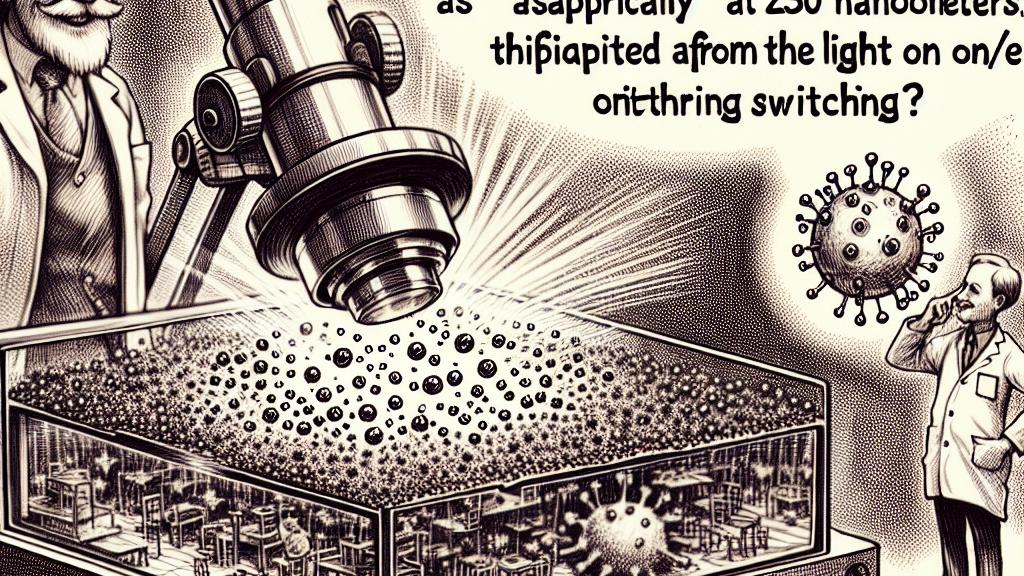Discover How Super-resolution Microscopy Works Without ON/OFF Switching
Overview
- Revolutionary findings in super-resolution microscopy provide exceptional clarity, enabling scientists to visualize molecular details.
- Research led by Stefan Hell introduces a method to resolve molecules without traditional ON/OFF switching, marking a significant shift in microscopy.
- This groundbreaking advancement transcends previous limitations, uncovering fresh possibilities for biological and medical research.

A Groundbreaking Leap in Optical Resolution
Imagine standing before a tiny universe, where you can see the intricate details of molecules as small as 8 nanometers! This leap in resolution is happening right now at the Max Planck Institute for Multidisciplinary Sciences in Germany. Thanks to the visionary Stefan Hell and his innovative team, they have shattered the long-standing resolution limits of optical microscopy that were capped at roughly 250 nanometers. This barrier, a hallmark of the wave nature of light, seemed insurmountable until now. By abandoning the traditional ON/OFF switching technique, which has long dominated the field, these researchers have unlocked a cutting-edge method that allows us to delve deeper into the cellular world than ever before!
Understanding the Revolutionary Approach
So, how does this new approach work? Historically, scientists relied heavily on switching molecular fluorescence ON and OFF to distinguish nearby molecules, much like flickering lights on a busy road help drivers see through fog. However, Hell's groundbreaking research reveals that by utilizing a light beam with a zero-intensity node, they can now precisely map the location of molecules without needing to turn them off. Think of it as casting a shadow that reveals secrets hidden in the light. This elegant application of physics not only simplifies the technique but also opens numerous possibilities for future research, making it a thrilling time for scientific exploration!
Redefining Resolution and Its Implications
What does this mean for science? Well, it turns out that the new technique doesn't just defy convention; it entirely reshapes the understanding of resolution. Previously, as molecules got closer, it became increasingly challenging to resolve them due to overlapping signals. However, with Hell’s brilliant focus on dark spots or nodes, scientists can now identify and differentiate molecular locations with remarkable accuracy. Imagine being able to unlock the hidden secrets of cellular interactions and processes—this newfound clarity could drastically transform our understanding of diseases, drug interactions, and even cellular development. The possibilities are endless, and the future of biological discovery is brighter than ever before!

Loading...